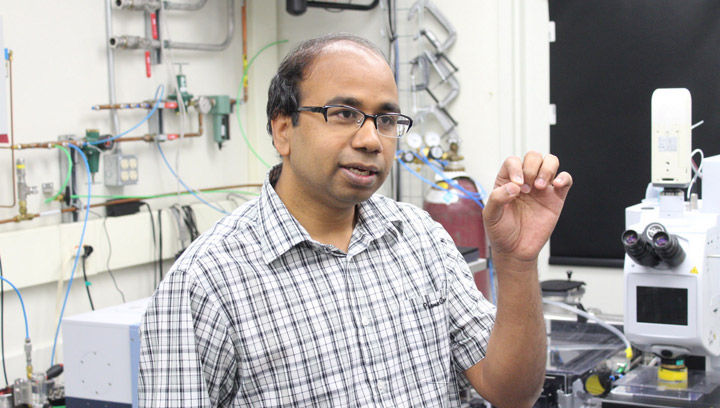SASKATOON – Cutting-edge technology at the Canadian Light Source is helping a team of scientists develop early detection and treatment options for cancer.

“By using infrared (mid-IR beamline) one can detect chemical changes in the very early stages, before there are any morphological changes,” says Dr. Saroj Kumar, a University of Saskatchewan researcher who is heading up the project.
Using this technique has allowed Kumar and his collaborators to show a clear advantage of using non-invasive infrared imaging to detect both breast and skin cancer.
“Hopefully, this would make it possible to detect breast cancer well before it started to physically grow or metastasize,” said Kumar.
READ MORE: The ‘Google Map’ of cancer cells, how it could change cancer as we know it
Kumar and his team have focussed on fibroblasts, a type of cell that plays an important role in cancer progression. He is using the beamline to try and determine how fibroblasts affect cancer growth which could lead to key applications in early cancer detection and treatment.
The brightness of the synchrotron light has made it possible to map chemical information across thousands of cells without altering the body’s cells.
The infrared imaging might not only make it possible to screen for cancer in the future, but to also predict possible drugs treatment response on a patient-to-patient basis.
“Generally there are several chemotherapy drugs, and right now there is no specific tool that says this chemotherapy drug will be efficient for this person but less for that person,” said Kumar.
“We could potentially use this method to see person-sensitive responses to the treatment.”


Comments